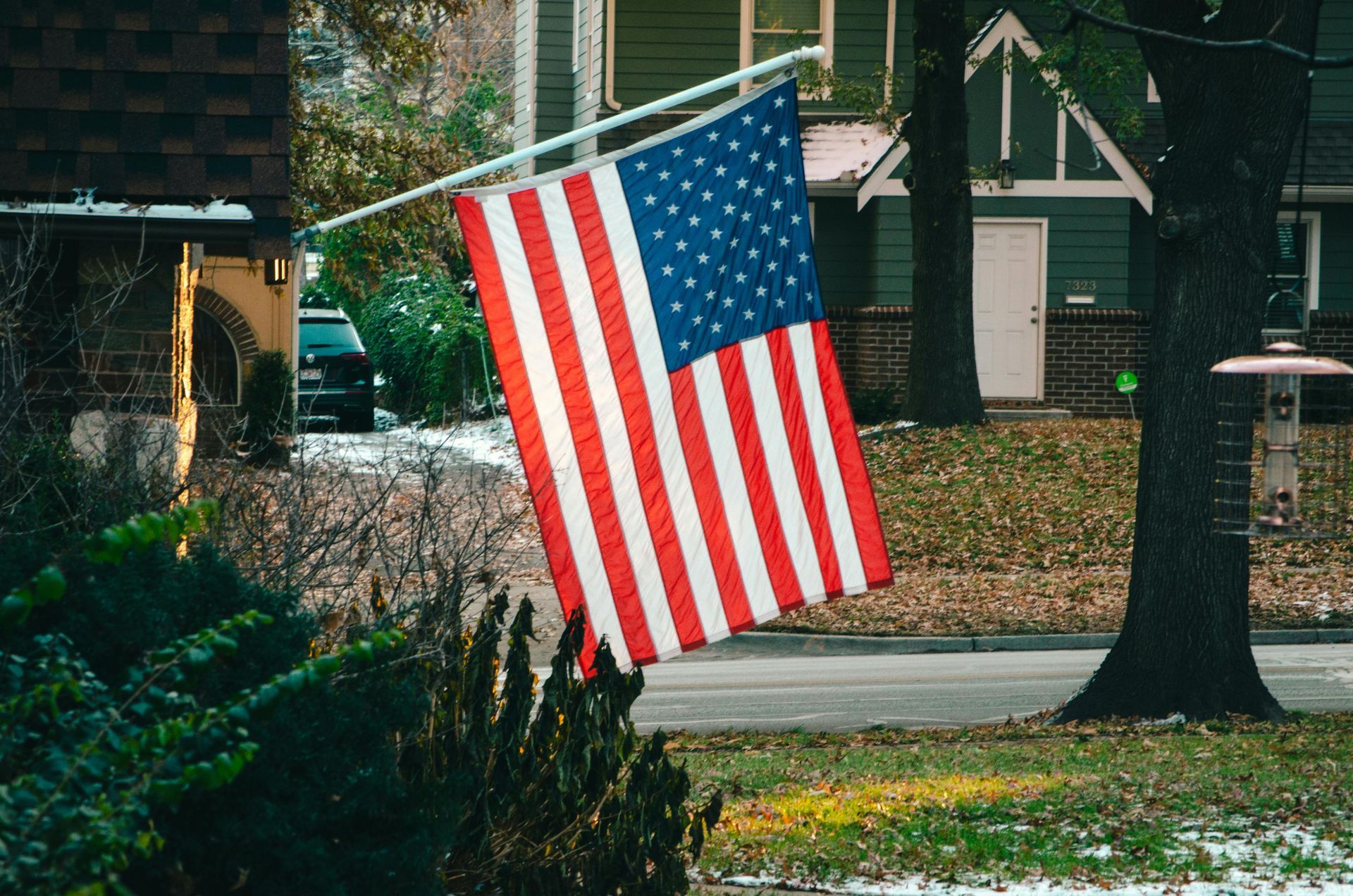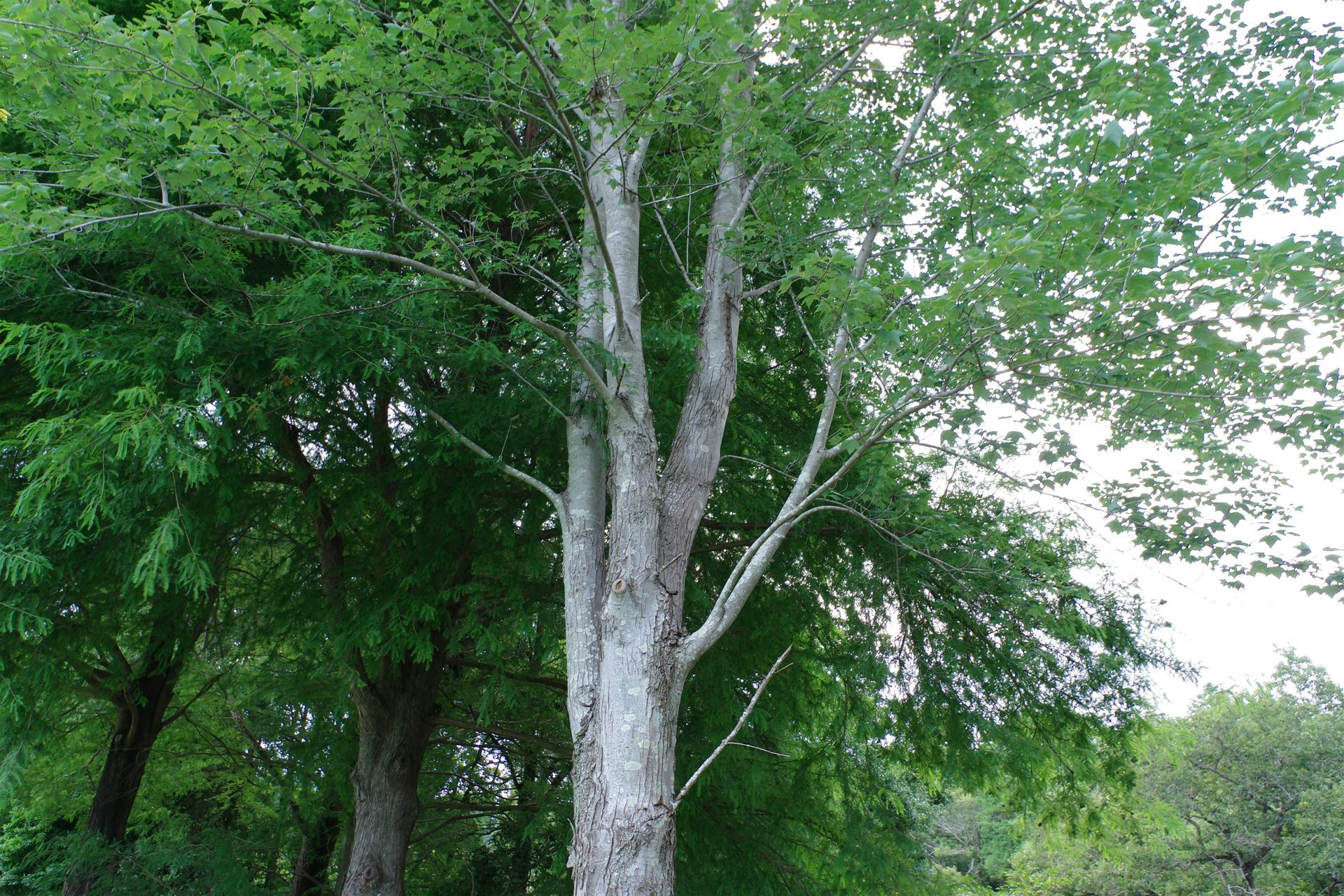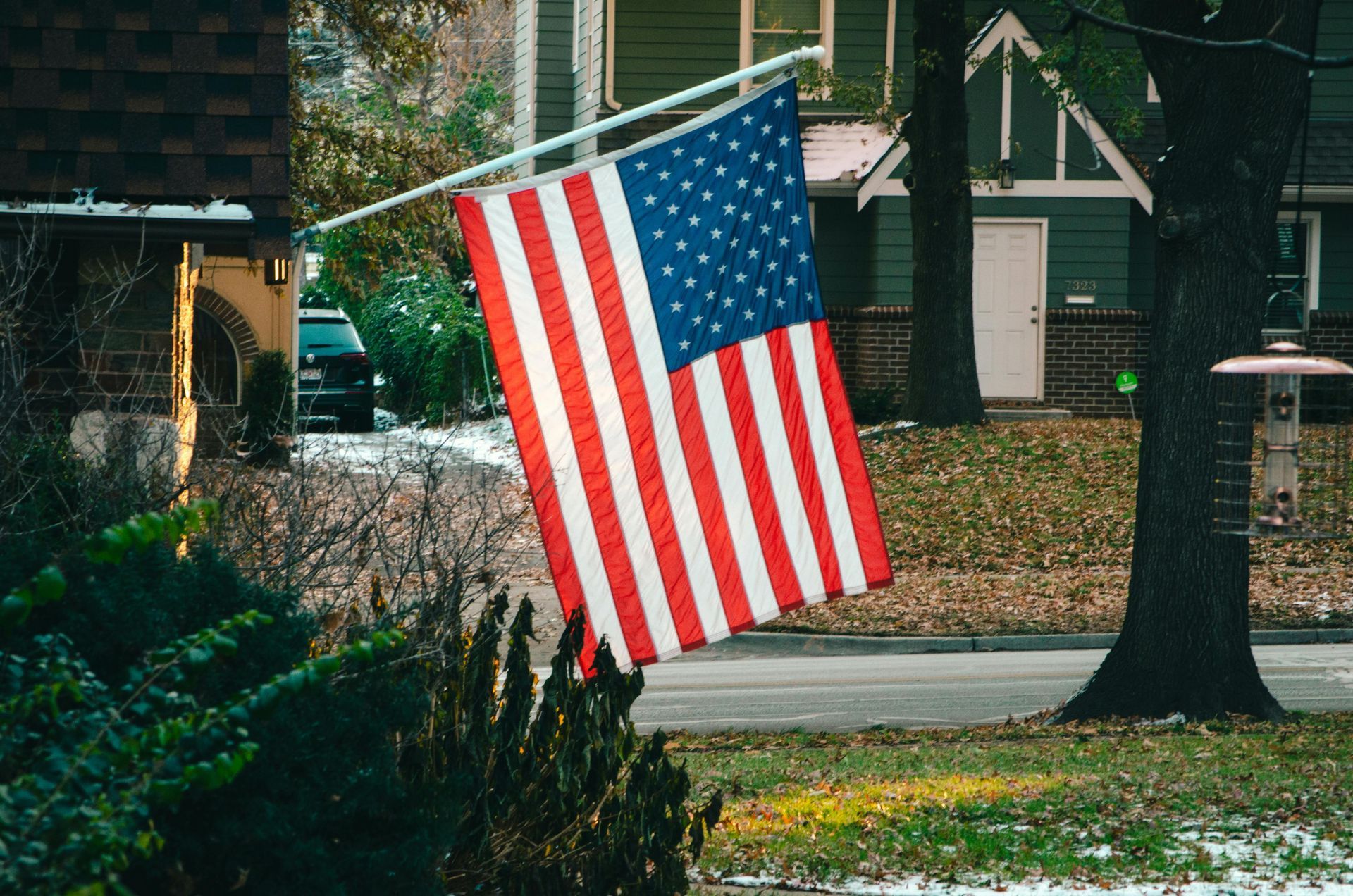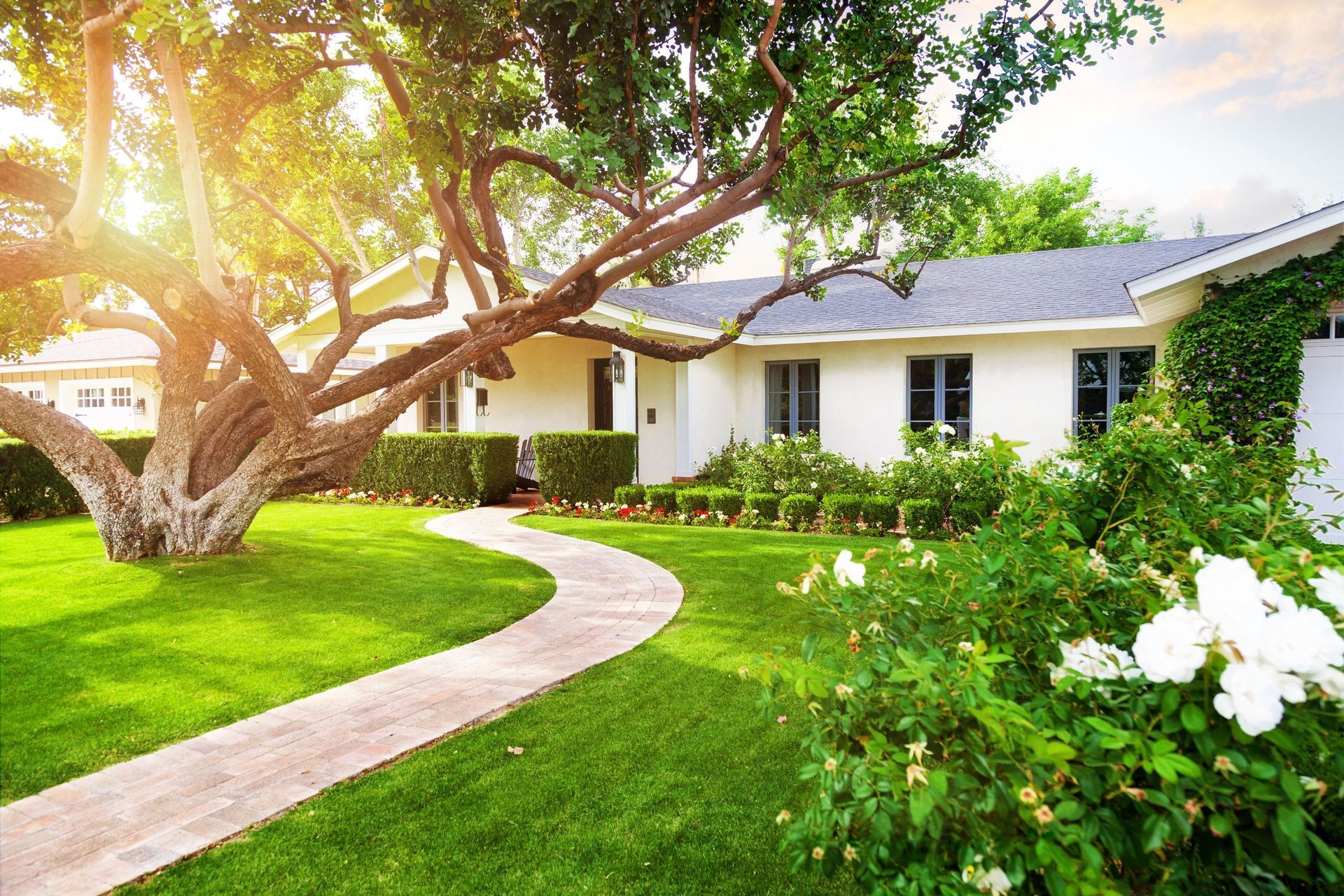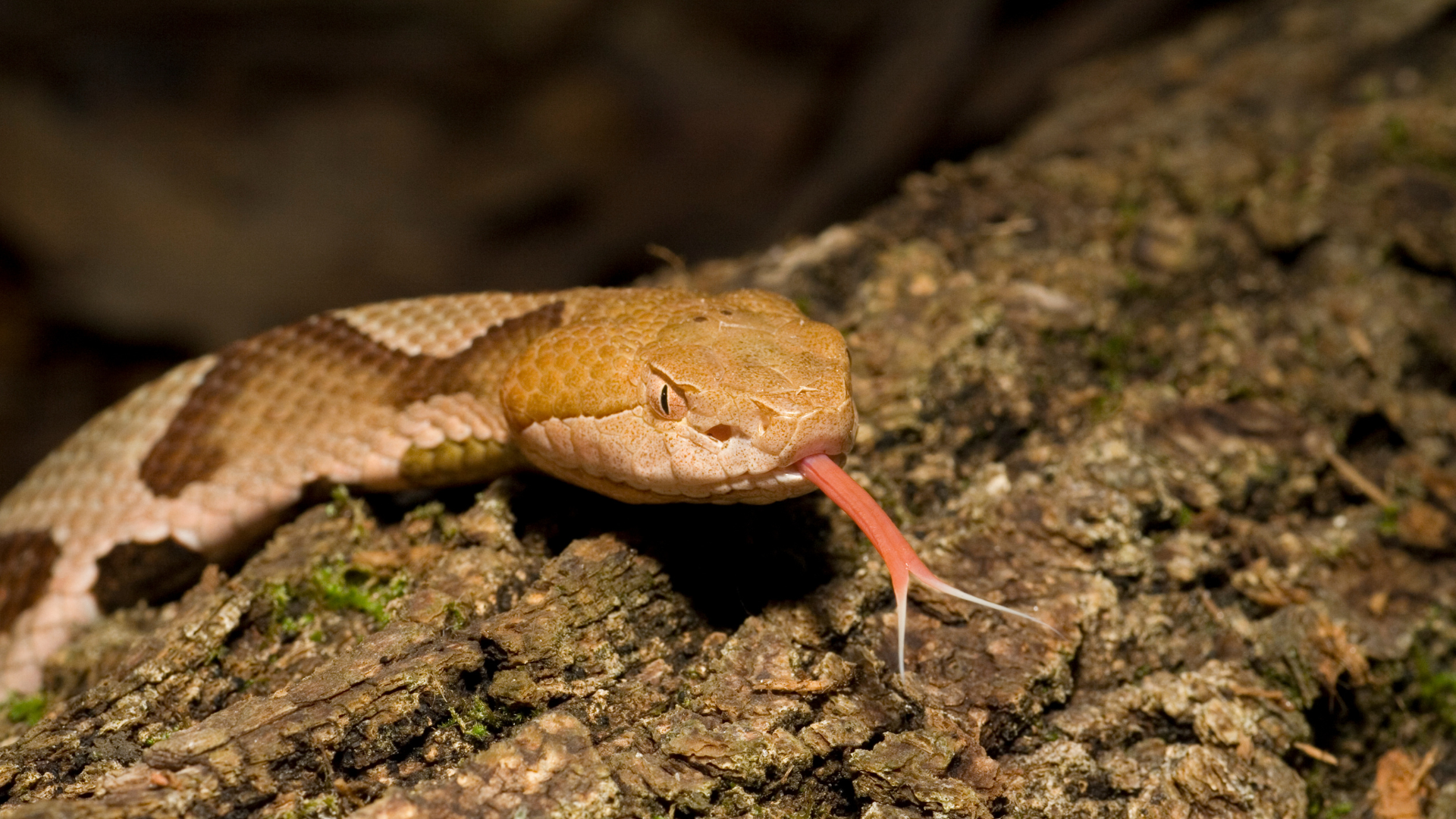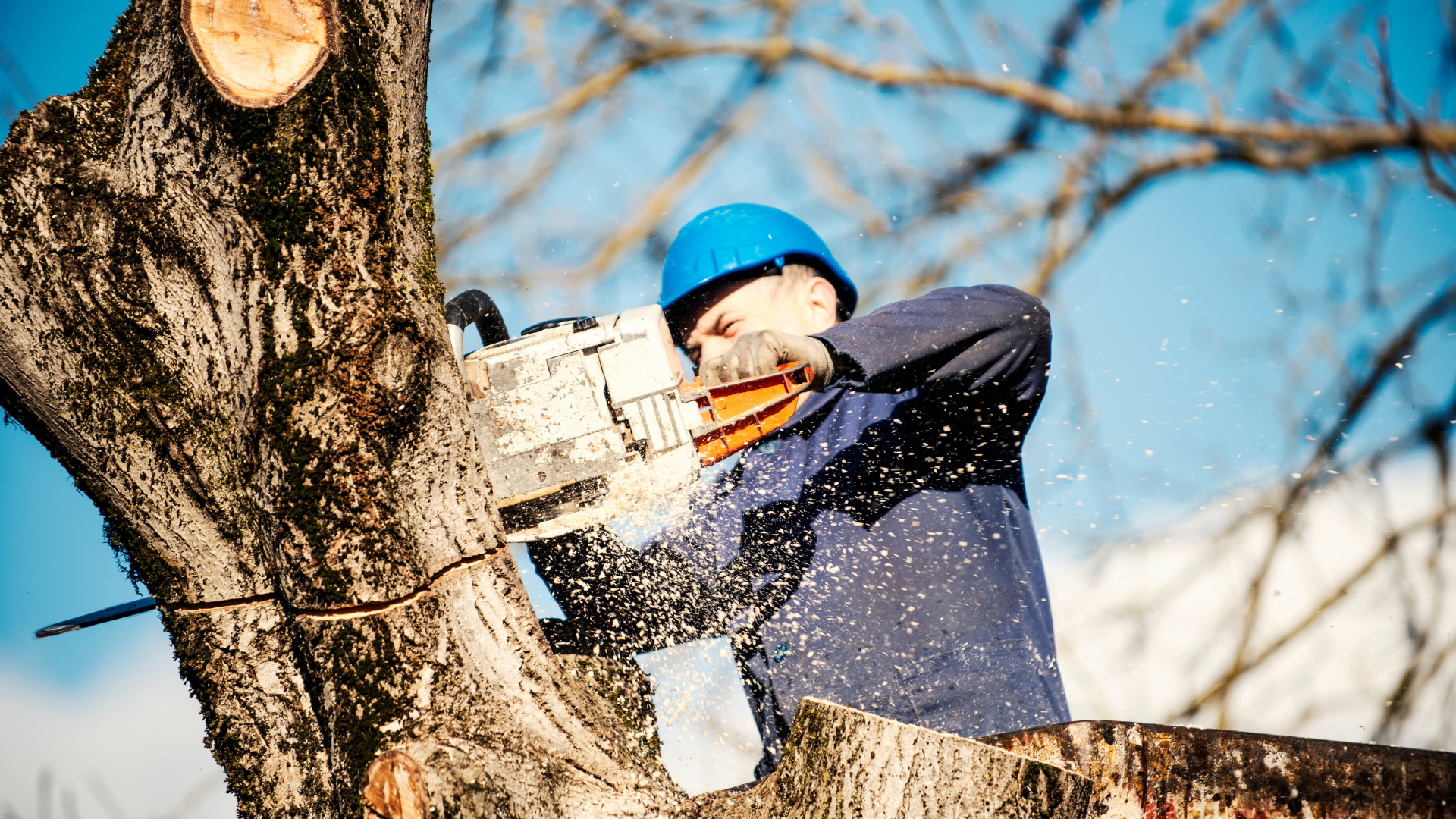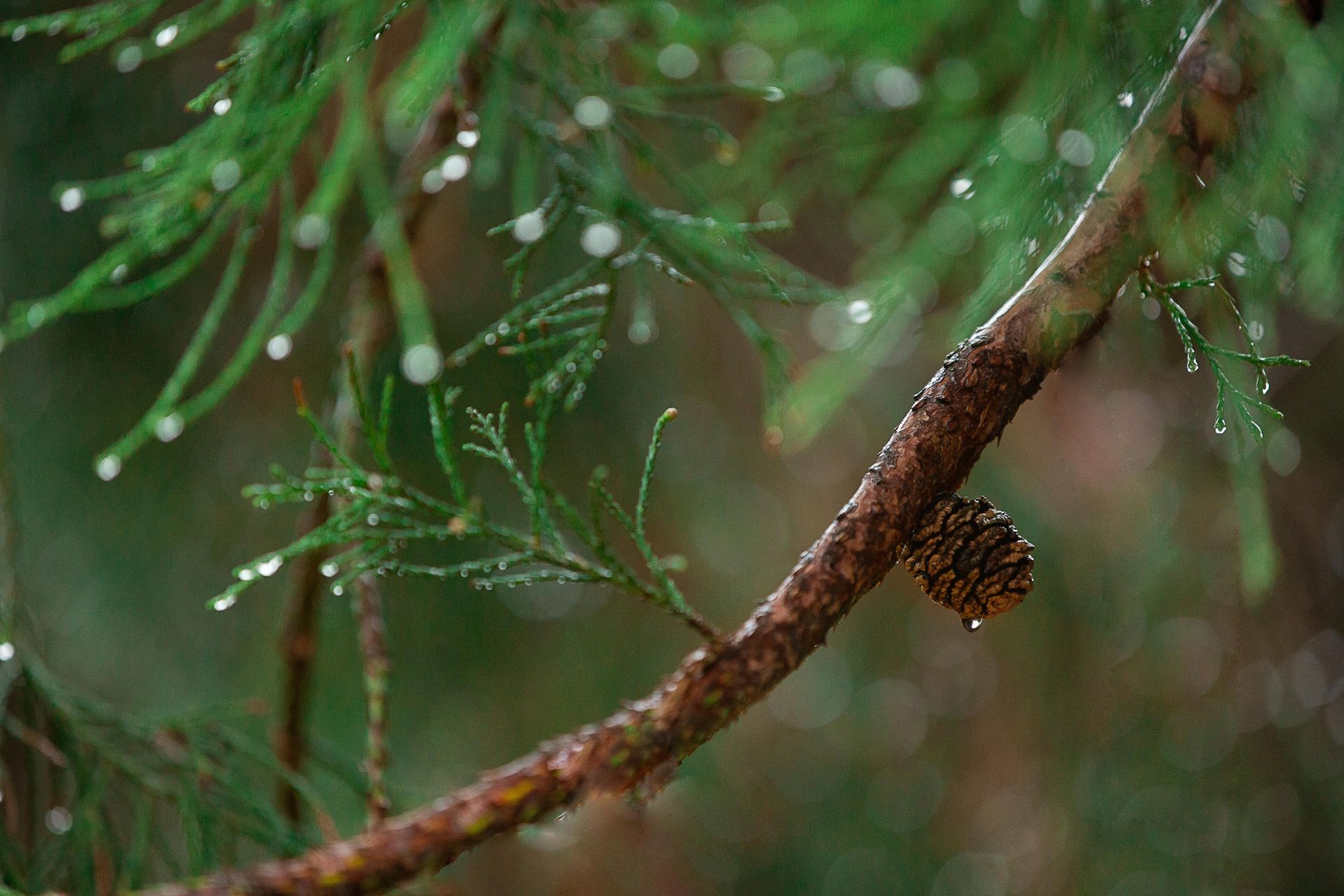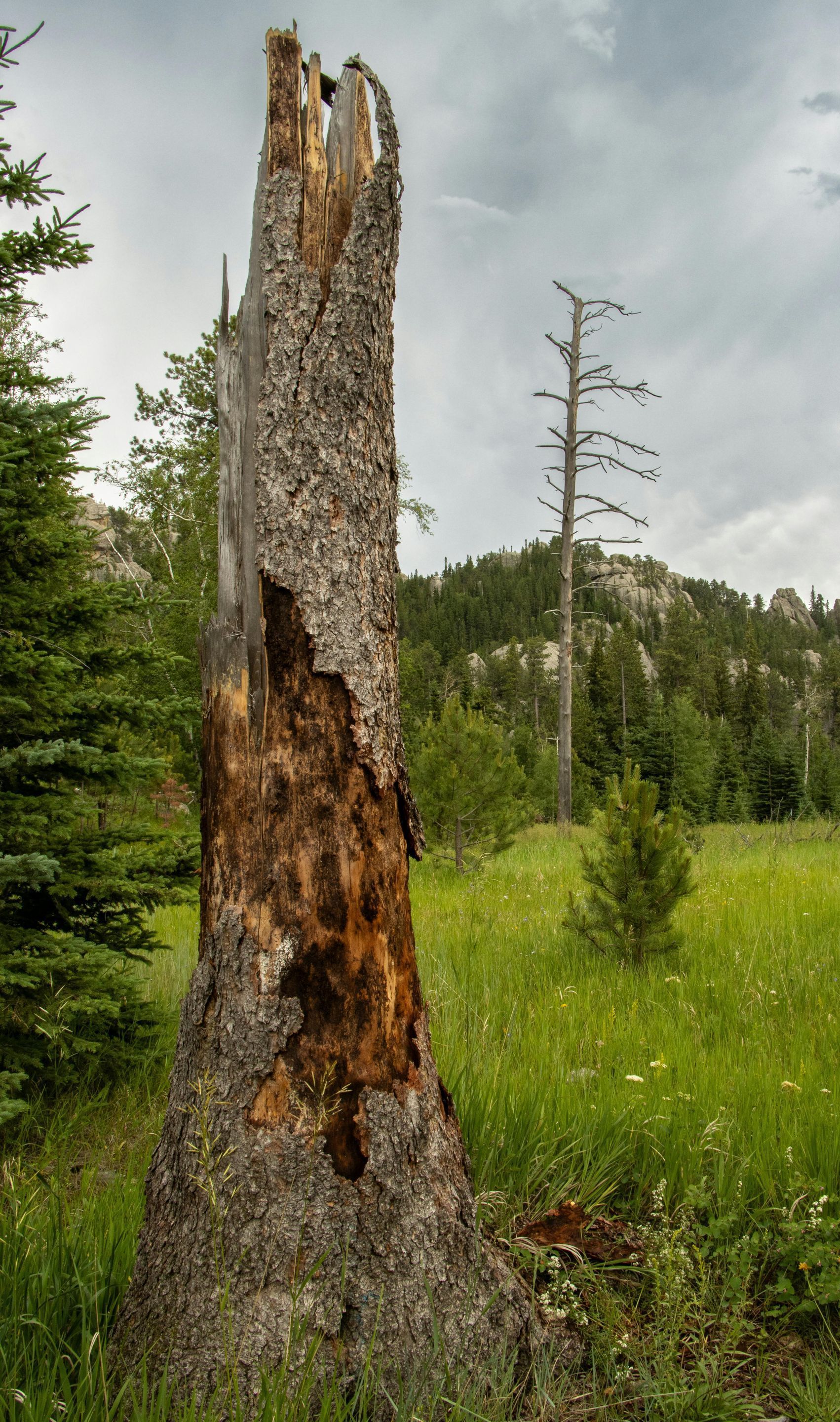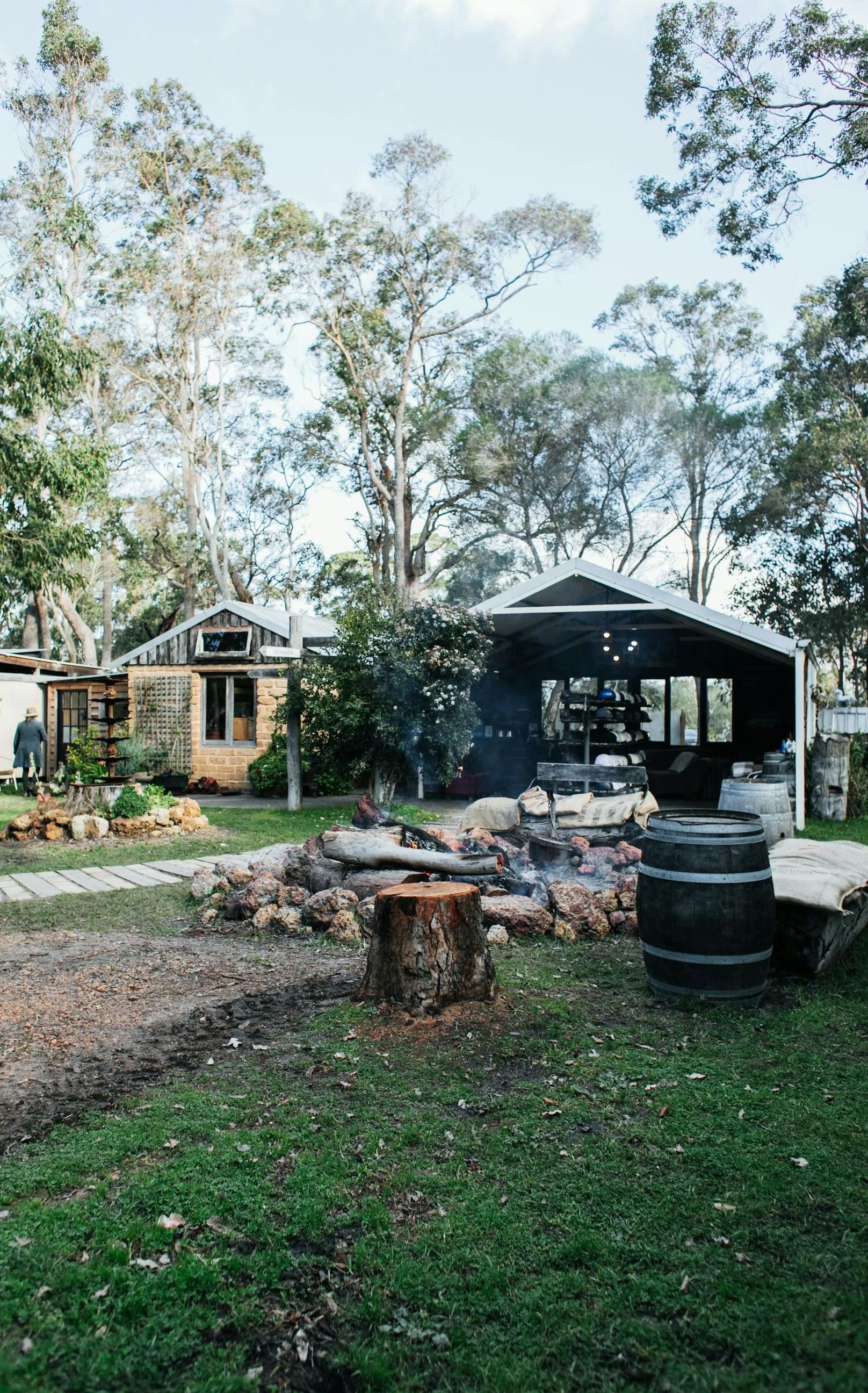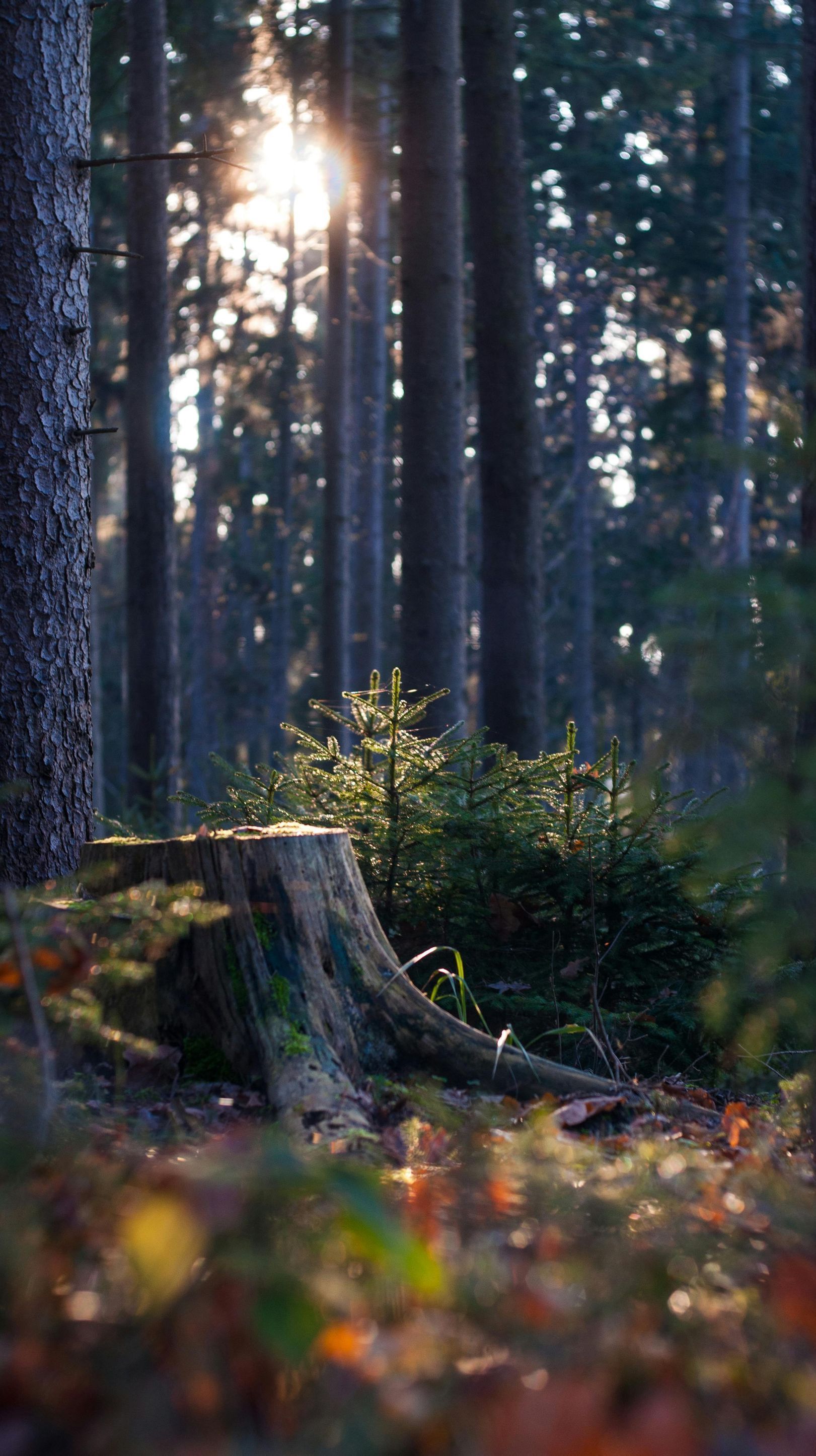The Hidden Dangers of Neglecting Stumps on Your Property
Don’t Ignore That Stump
After a tree comes down, many homeowners assume the hard part is over. But leaving a stump behind is more than an eyesore, it can lead to costly, and sometimes dangerous, problems over time. Whether the tree was removed for safety, health, or landscaping reasons, that leftover stump is not as harmless as it looks.
Here are the most important reasons to take stump removal seriously and why it is best handled by professionals.
Stumps Attract Pests
One of the biggest risks of a neglected stump is pest infestation. As the wood decays, it becomes the perfect environment for termites, carpenter ants, beetles, and even rodents. These pests are drawn to the soft, damp interior of the stump and may build colonies inside it.
The problem is that pests do not stay put. From the stump, it is only a short trip to your home’s foundation, walls, or wooden structures. Termite problems often start in old tree stumps, and by the time the damage becomes visible inside the home, the infestation is already well underway.
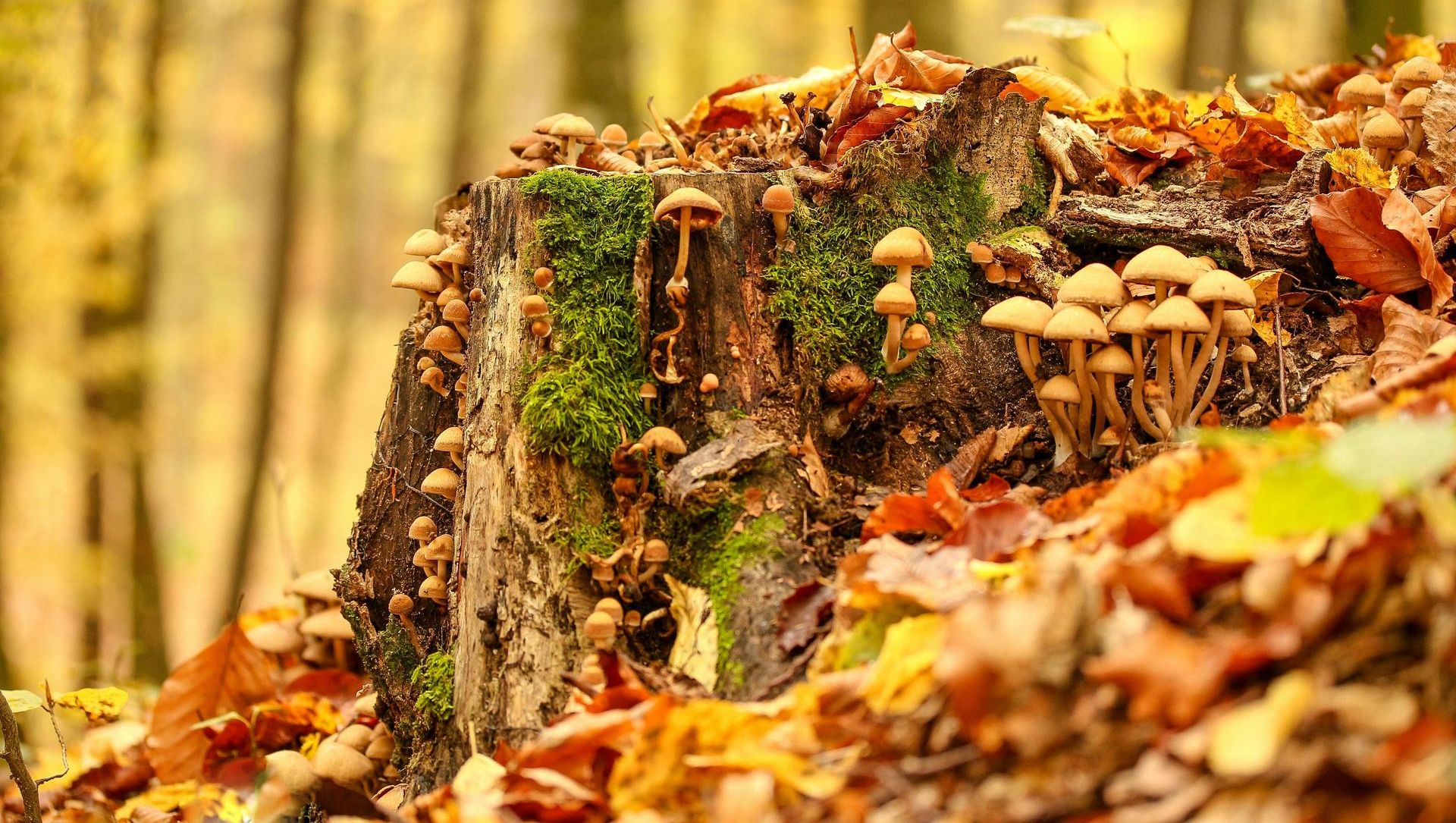
Stumps Create Tripping Hazards
Stumps are a physical hazard, especially for children, guests, and anyone unfamiliar with your yard. They are easy to overlook when hidden by grass or weeds, and even small stumps can cause serious injury if someone trips or falls on them.
This risk becomes even more pronounced during lawn care. Running over a stump with a mower or trimmer can damage your equipment and cause kickback that injures the operator. For safety and peace of mind, removing stumps is a smart move.
Regrowth and Root Spread
Cutting down a tree does not always mean it is dead. In many cases, the remaining stump will try to regenerate by sending up new shoots. These sprouts may grow into unattractive, weak trees that compete with other plants for water and nutrients.
Meanwhile, the root system may continue to spread underground. Roots from a stump can grow toward foundations, sidewalks, septic systems, and other structures. Even if the tree is no longer alive, the root system can still do damage.
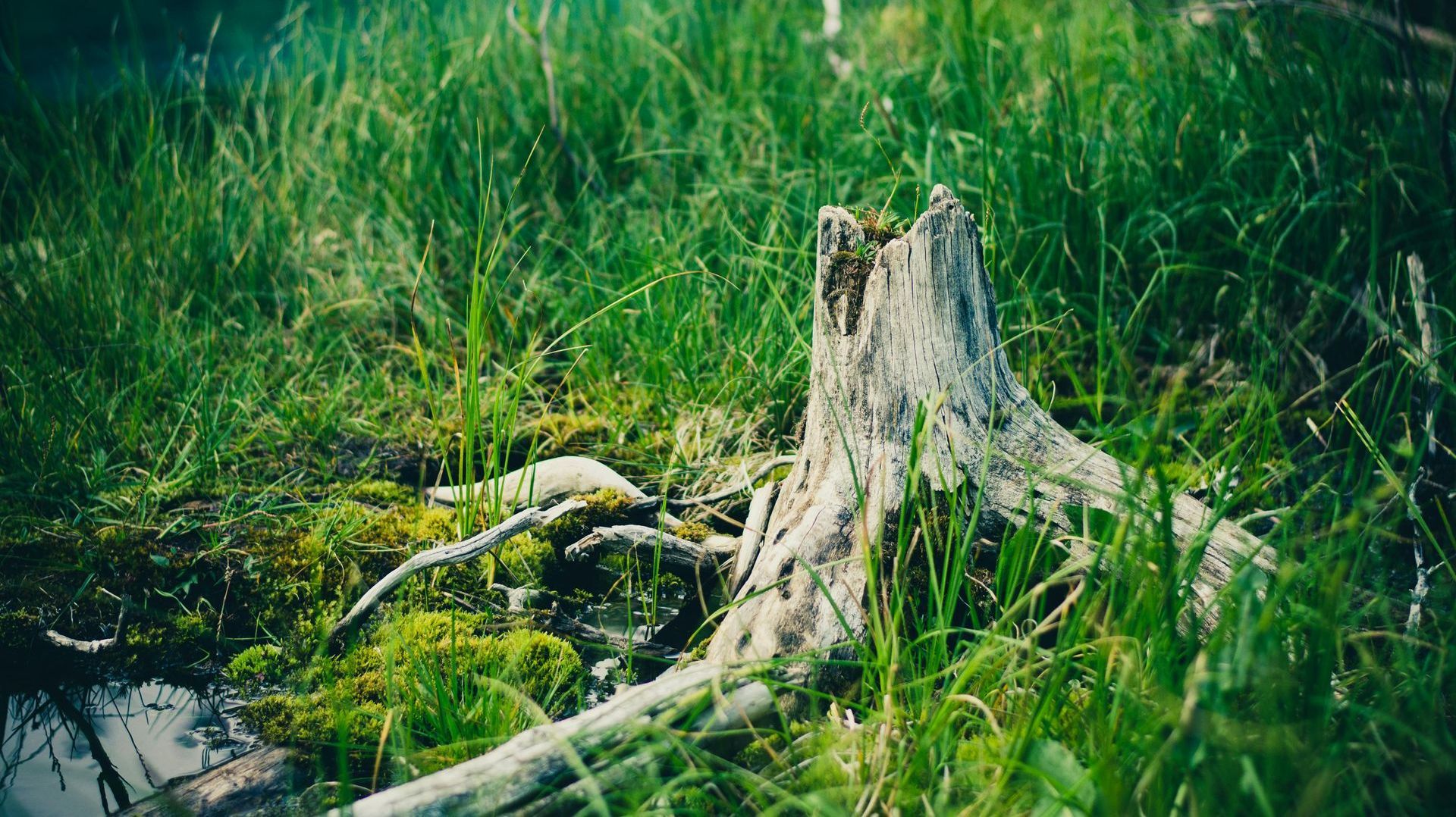
A Breeding Ground for Fungus and Disease
Decaying stumps are often colonized by fungi, mold, and mildew. While some of these may appear harmless on the surface, they can spread to other trees and plants in your yard. Fungal spores can drift on the wind, affecting healthy vegetation and weakening trees that were not at risk before.
In wet conditions, these fungi can become slippery, adding another safety hazard. In dry seasons, the decay can contribute to rot in nearby structures or plants.
Reduced Curb Appeal and Property Value
Even a well-maintained yard can look neglected when tree stumps are left in plain view. If you are considering selling your home or just trying to increase your property value, stump removal is an easy way to improve your lot’s appearance.
For potential buyers, visible stumps may suggest that other maintenance has been overlooked. Removing them sends a clear message that the property is cared for and safe.
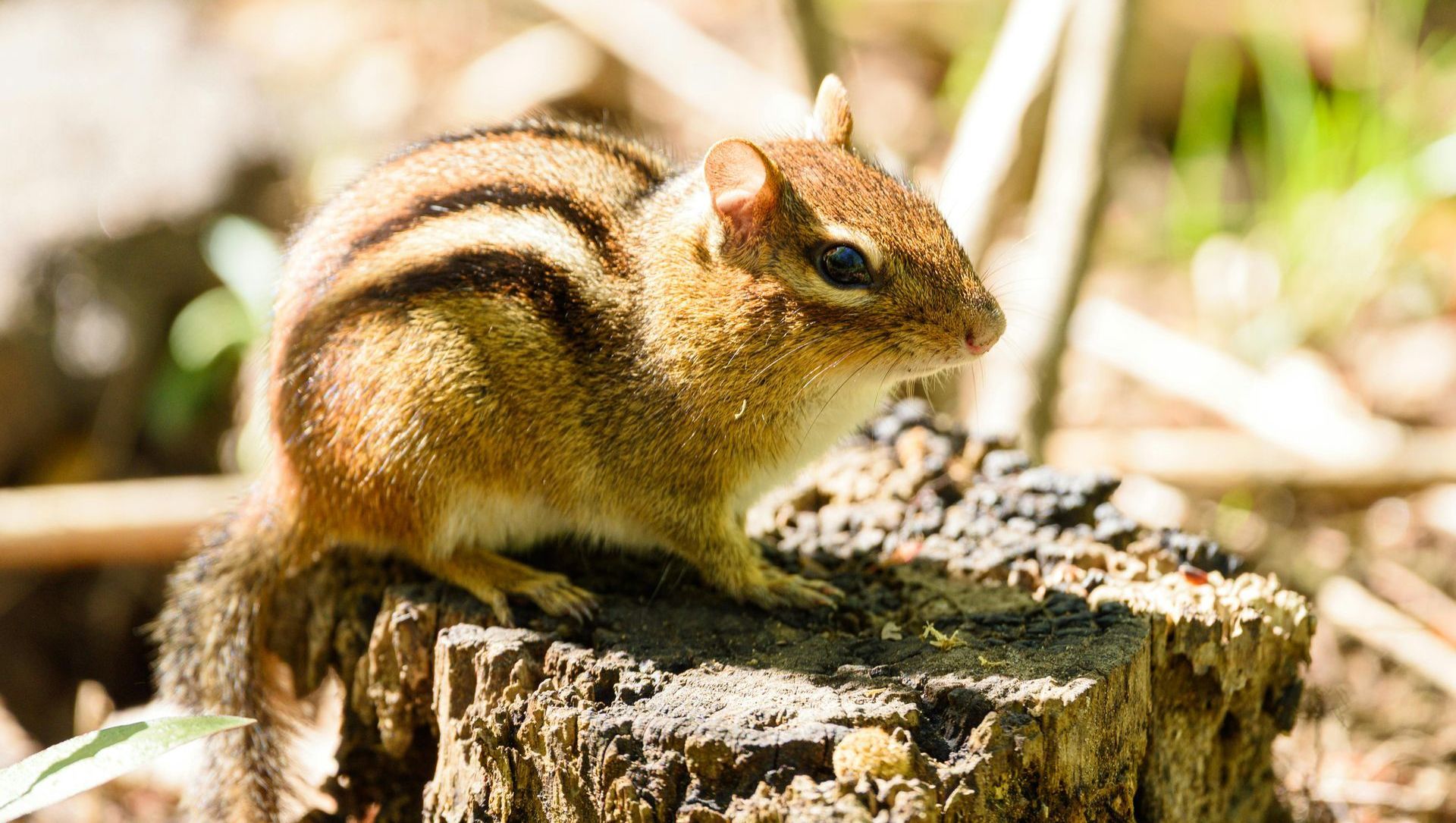
Professional Stump Removal Is Worth It
While DIY stump removal methods exist, they are often slow, difficult, or even dangerous. Digging up a stump manually is labor-intensive and can take hours—or days—for large trees. Chemical removal methods require time and proper safety measures. Burning a stump, though sometimes attempted, is unsafe and illegal in many areas.
At Quality First Tree Service, we offer professional stump grinding that removes the visible stump and grinds it below the surface. This process is fast, efficient, and safe, and it prevents the problems listed above from taking root.
Do Not Wait for Trouble
If you have a stump on your property, do not assume it will break down and disappear on its own. Stumps can linger for years while quietly causing damage, attracting pests, and creating hazards.
Contact Quality First Tree Service today to schedule a professional stump evaluation. We will help you remove the risk—safely, cleanly, and completely


